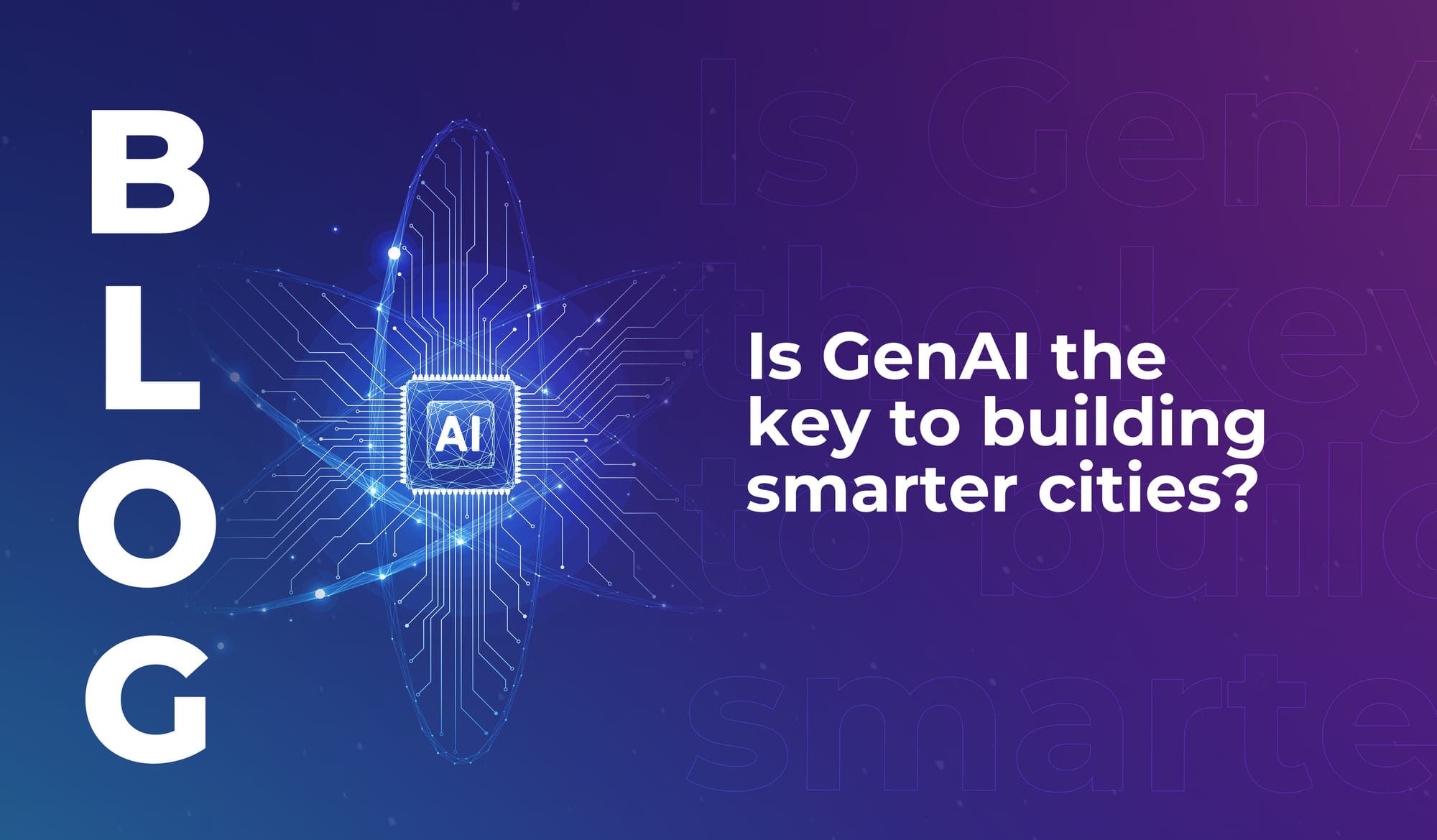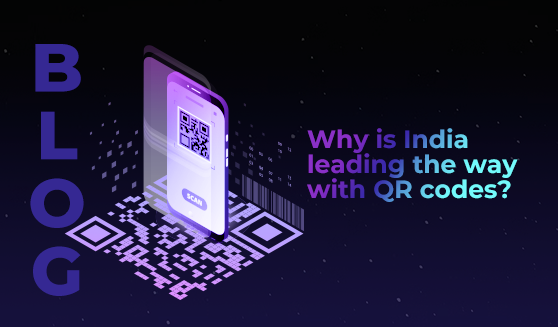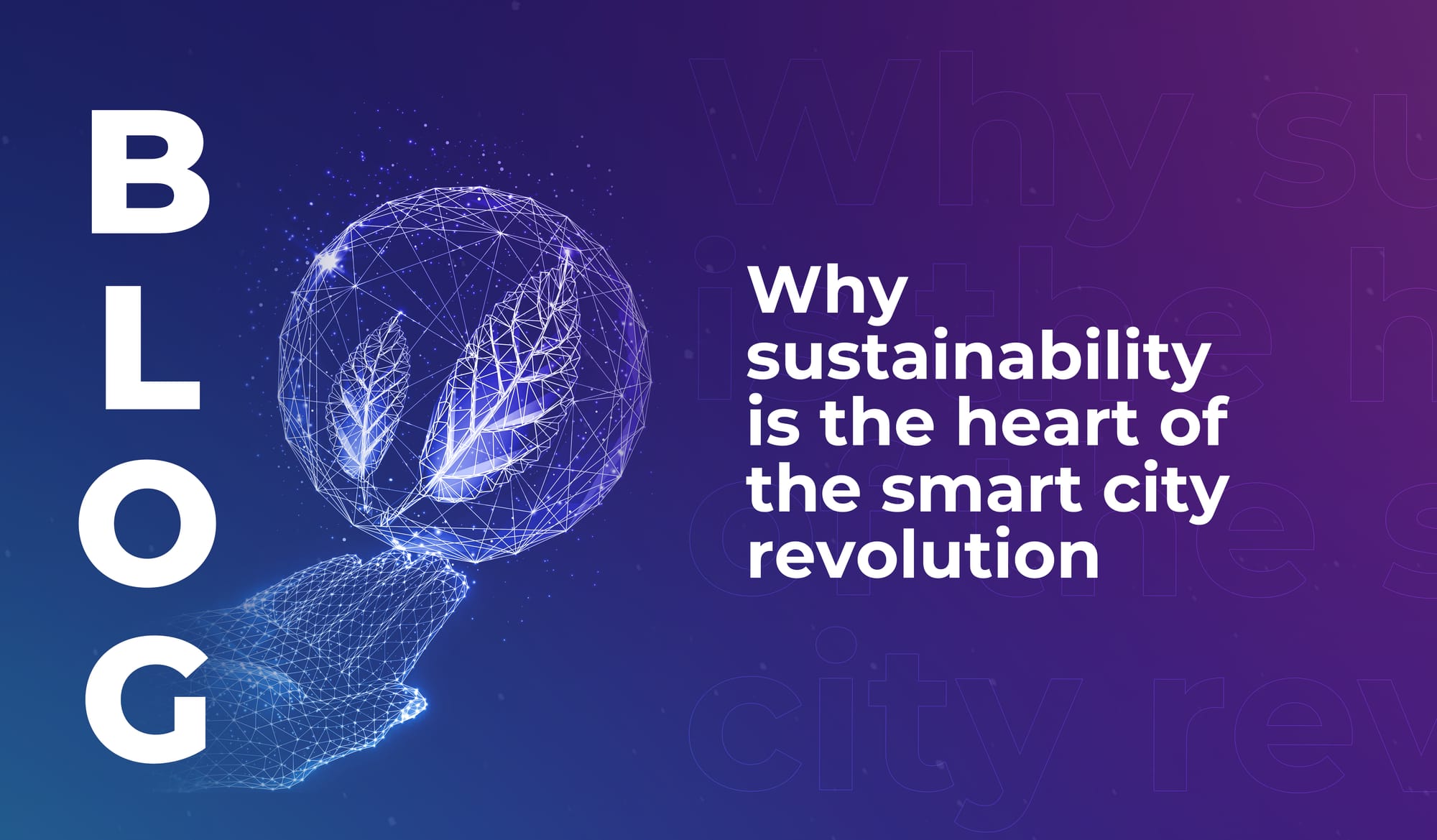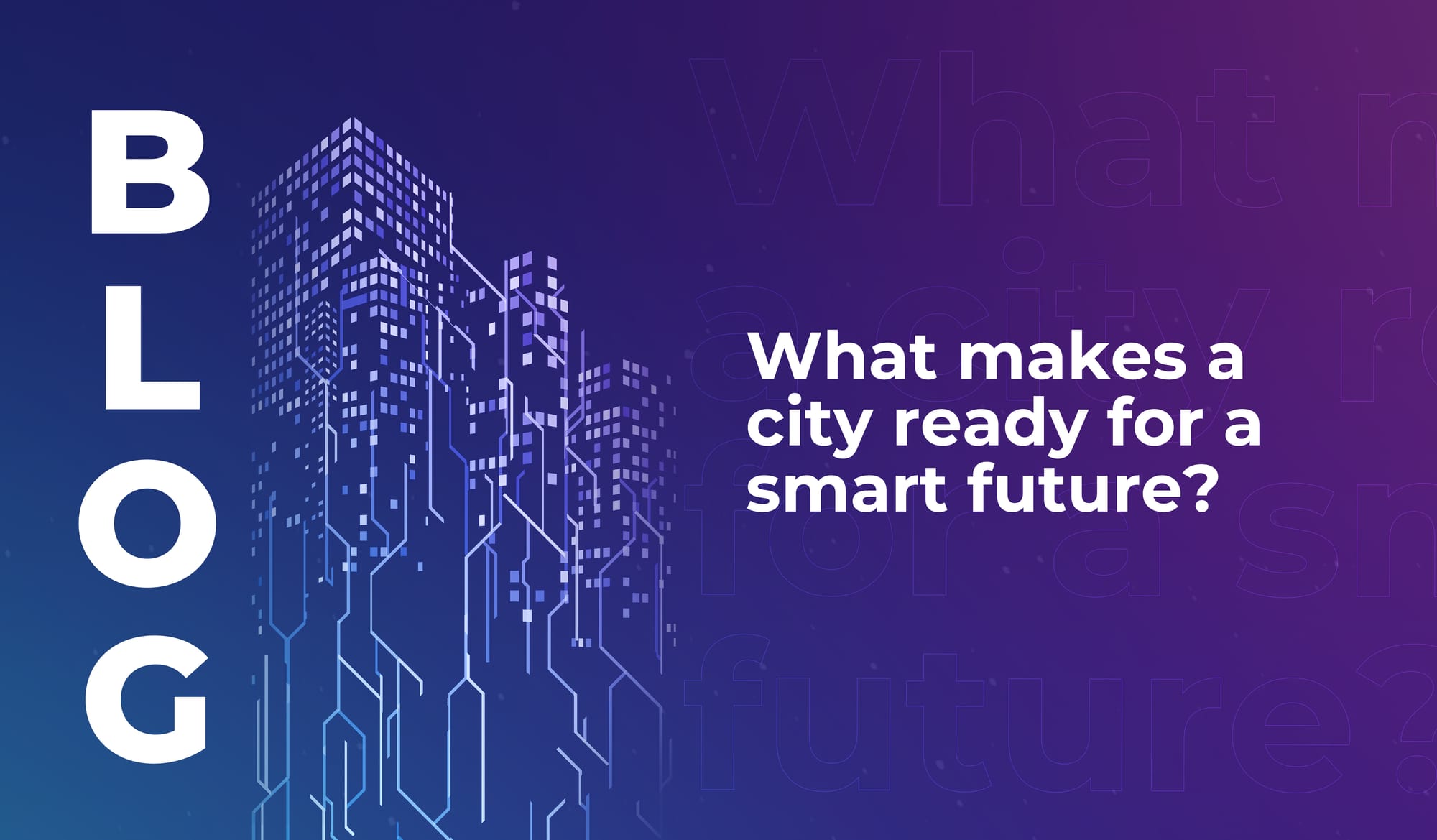
Is GenAI the key to building smarter cities?
Learn how generative AI is unlocking the true potential of digital twins – to make smart cities more efficient, inclusive, and citizen-focused.


You stop at a tea stall at the side of the road. You don’t have any cash in your pocket – but it doesn’t matter, because the tea trader has a QR code. You can scan and pay on your phone. Ten minutes later, you’re back on the road – but you realise you’re hungry. You stop at a street food stall to pick up a snack. Again, it doesn’t matter that you’re cashless; this trader also lets you pay for your 10 cent purchase using a QR code payment app.
Where are you?
You’re in India. And there are QR codes everywhere – increasing convenience across the country.
Cities across India are using QR codes to improve governance. For example, a report in the Indian Express explains that in Bengaluru (a city in the south of the country), QR codes have been installed on road signs. Drivers can scan a code to instantly access details of road works that are being carried out on a particular stretch of road. This system has been implemented in response to high numbers of complaints about road infrastructure works disrupting the flow of traffic – and they create the means for transparent information-sharing with the public.
QR codes are also being used to deliver a growing number of citizen services in India, including interactive functions that give users the opportunity to help shape the services they use. They’re used for supplying and managing air, train and metro transport tickets; helping people effectively sort their household waste to improve waste management and recycling efficiency; improving school safety; and enabling direct communication between users and organisations.
The Hindustan Petroleum Corporation Limited (HPCL) has introduced an initiative called ‘Talk To Us’: users can scan a QR code in order to interact with the organisation and suggest improvements via an app.
We already mentioned it – but payments in India are being transformed with QR codes.
In partnership with Mastercard and Visa, the National Payments Corporation of India (NPCI) has developed the world’s first interoperable QR code acceptance solution, called Bharat QR. It’s helping to transition the country to digital payments, with codes connecting hundreds of millions of users within an instant payment system that’s now widely available across India. It’s the reason you can go to a roadside tea stall and pay for your refreshments with your phone.
All cardholders and UPI users can go to a merchant, scan their Bharat QR using their bank’s app, and access seamless transactions.
The system processes billions of mobile app transactions every month – making daily life easier, and connecting Indian traders and consumers with the nation’s formal economy.
As India taps into the value of these little codes to transform the economy and citizen life, more and more use cases are appearing throughout the country.
Aadhaar Card is an identification initiative that enables businesses to quickly authenticate customer data by scanning the QR code on a small card that people can carry everywhere with them. The card stores the holder’s information – including their name, date of birth, and address.
Similarly, Jadavpur University is using QR codes to authenticate degree certificates, making it hard to duplicate them. The QR code on a degree certificate contains data including the registration number of the degree, the department, acquired marks, and the date the degree was awarded – preventing the distribution of counterfeit certificates.
QR codes are hard at work across India, and fast becoming a part of everyday life. And they’re also becoming the unlikely drivers of innovation – as a growing number of organisations and individuals recognise their potential to improve connectedness, minimise friction, and even increase citizen safety.
One example we love is a collaboration between traffic police and hospitals, installing QR codes at major traffic signals so that road users who experience a medical emergency while they’re stuck in a traffic jam can scan a code to access rapid assistance. The QR code provides real-time patient location information to the nearest ambulance response service.
Around the world, QR codes have gained traction since the COVID-19 pandemic, as more businesses and services needed contact-free ways to connect with users. And India shows us that this technology has true value to support modern life – with useful applications that stretch far beyond e-commerce.

Learn how generative AI is unlocking the true potential of digital twins – to make smart cities more efficient, inclusive, and citizen-focused.

The smart cities of the future will use tech to lower emissions, cut urban temperatures, and improve quality of life in highly populated areas.

Discover the cities that rank highly for smart city preparedness, and learn why locally relevant innovation is more important than cutting-edge tech.

Learn how generative AI is unlocking the true potential of digital twins – to make smart cities more efficient, inclusive, and citizen-focused.

The smart cities of the future will use tech to lower emissions, cut urban temperatures, and improve quality of life in highly populated areas.

Discover the cities that rank highly for smart city preparedness, and learn why locally relevant innovation is more important than cutting-edge tech.